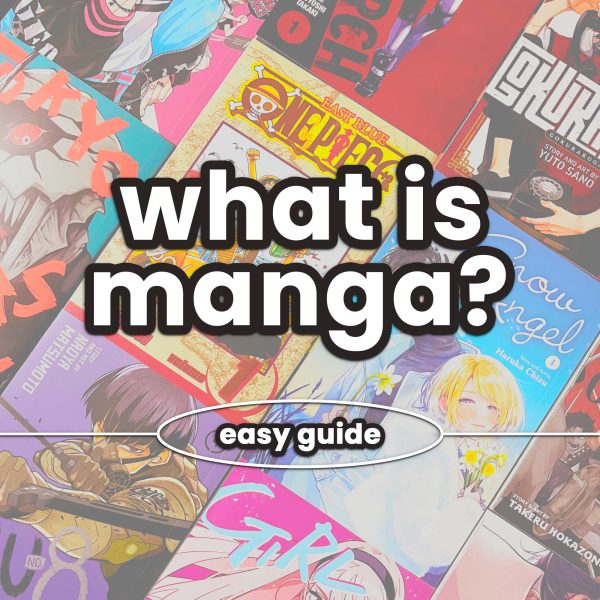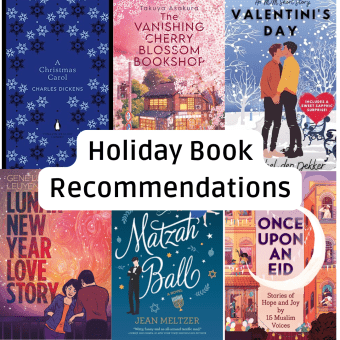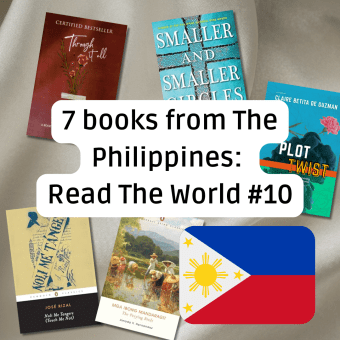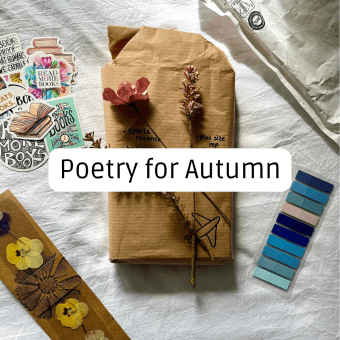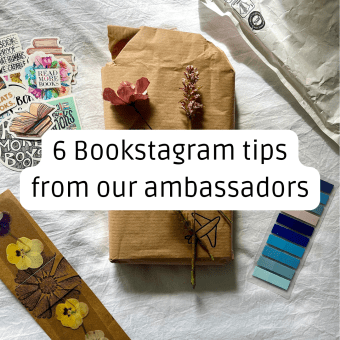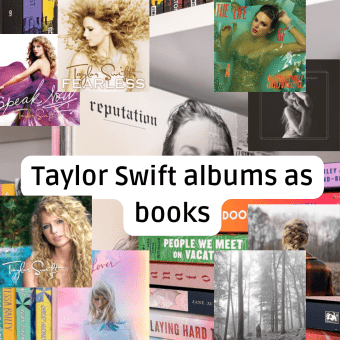2023 © Bookinfluencers.Com. All Rights Reserved.
Manga 101: Where to start with Manga
What is Manga? And Where to Start.
Manga isn’t as different from traditional books as you’d think. The format may vary, but the heart behind each story—care, passion, and soul—is the same.
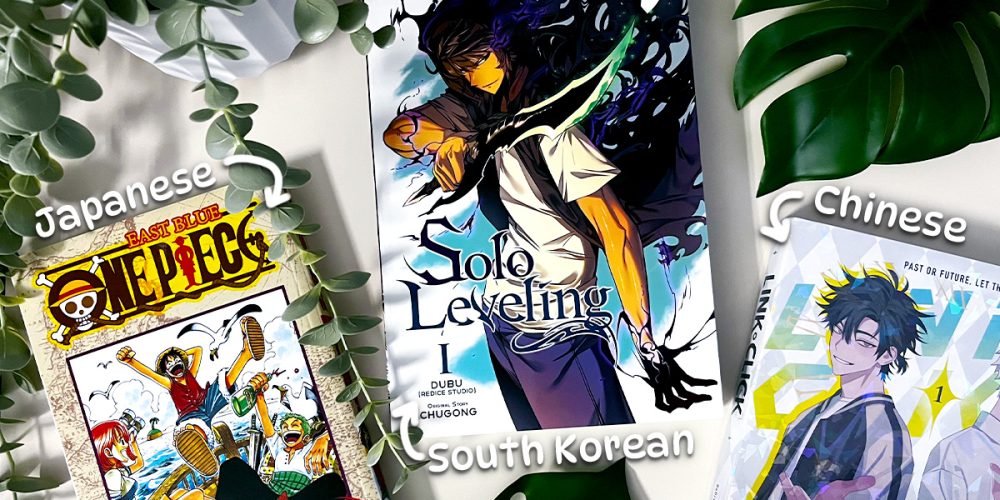
What is manga, anyway?
With the rise of manhwa and manhua, it’s easy to get confused. The key differences lie in the publishing format and art style.
Manga is the term for Japanese comics. Stories are serialized in magazines and then compiled into individual volumes. They’re printed in black and white with screen toned shading, and their stories usually involve emotional storytelling and tight pacing. You read them from right to left, and many are illustrated by a lead artist and a small team of assistants.
Manhwa refers to South Korean comics. These are usually webtoons released digitally (updated chapter-by-chapter) and read top to bottom. Known for their usually muted color palettes, and dramatic storytelling, they explore romance, fantasy, and slice-of-life themes.
Manhua are Chinese comics. They’re also webtoons, read vertically from left to right. Popular genres range from historical stories, transmigration and cultivation themes, to lighthearted romance.

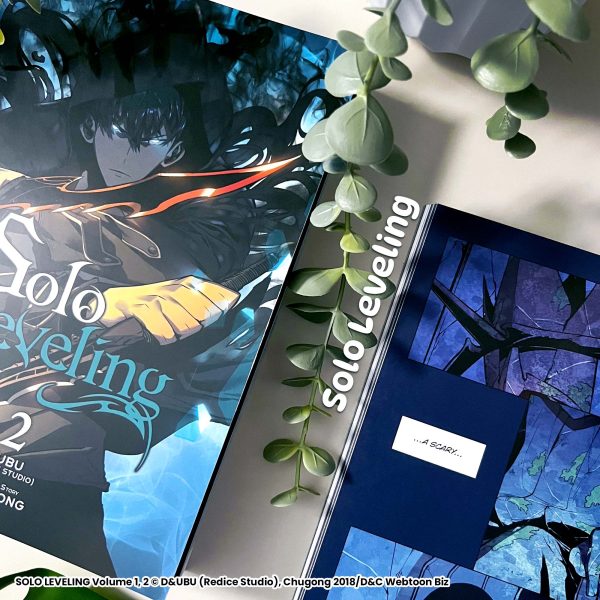
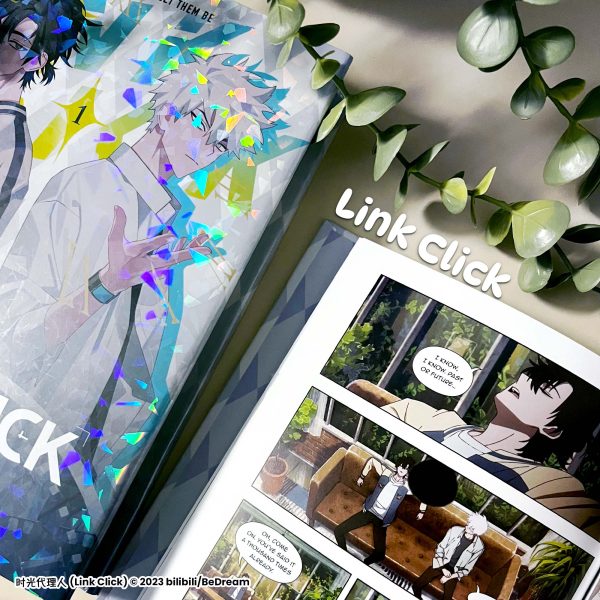
Who is Manga for?
Short answer? Everyone! Manga is often marketed by demographics, but don’t let that limit you. If it intrigues you, give it a shot! Here are the four main ones you’ll encounter:
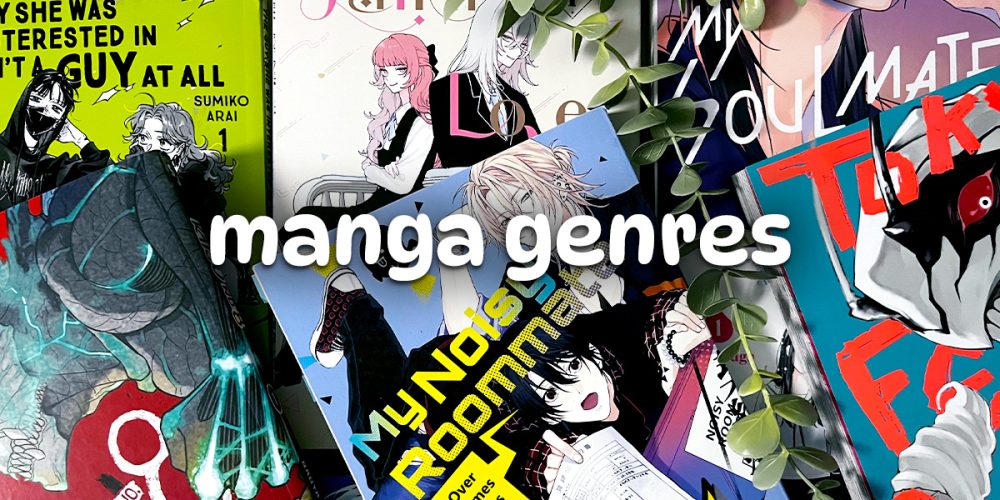
Shonen – aimed at young male readers. Think coming-of-age, action-packed stories about friendship.
– A Silent Voice, Slam Dunk, and Haikyuu! are some great examples.
Seinen – generally made for adult male readers. These titles often explore heavier themes like war, identity, politics, and inner struggles.
– If you’re into complex characters and plots, I highly recommend Vagabond, Berserk, and The Apothecary Diaries.
Shojo – tailored towards young female readers, and packed with emotional depth, soft romance, and coming-of-age elements. Just don’t let the pretty boys, sparkles and flowers mislead you. These stories often pack an emotional punch.
– Try Fruits Basket, A Sign of Affection, or Honey Lemon Soda!
Josei – for adult women, but again, anyone can enjoy them! You can expect more grounded storytelling, a slice-of-life approach, and emotional romance. Josei is also where you’ll find many yaoi (boys’ love) and yuri (girls’ love) stories.
– Standout titles include Paradise Kiss, Nana, and Nina the Starry Bride. If you’re curious about yaoi, I highly recommend Love in The Palm of His Hand, and for yuri, The Guy She Was Interested In Wasn’t A Guy At All.
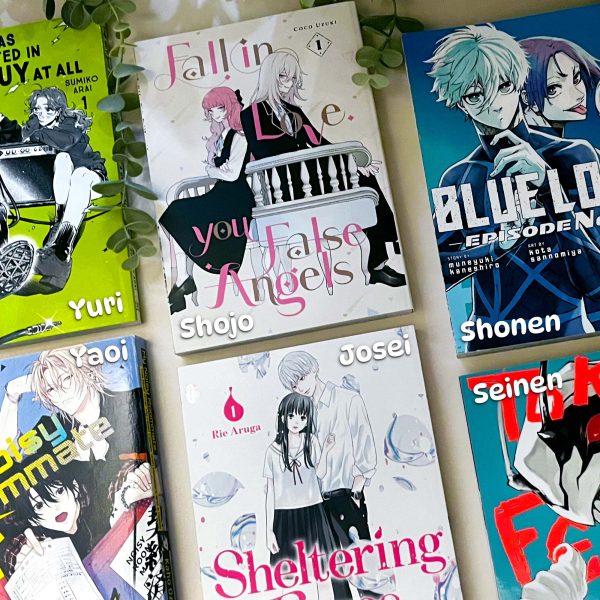
Manga VS Traditional Books
Manga is immersive, visual storytelling. You’ll still get everything you’d find in a novel—character arcs, found family dynamics, and emotional journeys that linger long after the last page. The only difference is that you visually get to see those moments unfold. And just like great novels, some manga stay with you for the rest of your life. For me, Fruits Basket had me sobbing for weeks. A chapter of Haikyuu!! motivates me faster than a pep talk. A Silent Voice remains one of the most touching stories I’ve ever read. And Life Lessons with Uramichi Oniisan? I’ve never met a more relatable character. Plus, with many manga serialized over years, you grow with the characters like they’re your friends. And if you’re lucky enough, you’ll get to see the anime adaptation to make you fall in love with the story again.
Final thoughts (and where to find me!)
I hope this little guide helped you feel more at home in the manga world. Whether you’re a beginner, curious but don’t know where to start, or even a seasoned veteran, there’s a space for you! Whether it’s the fluid action, immersive storytelling, or gorgeous art, there’s a manga out there waiting for you. And once you fall in love with the medium, you might never want to go back!
I’ve been enjoying and collecting manga for years, and I love helping others discover stories that they can never forget. I share manga reviews, my collecting journey, and recommendations over on my blog yeolliestorytime.com. You can also find me on YouTube, Instagram, and TikTok under @yeolliestorytime.
